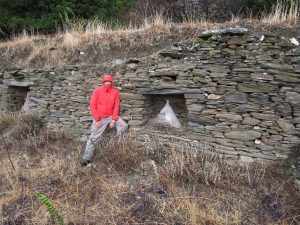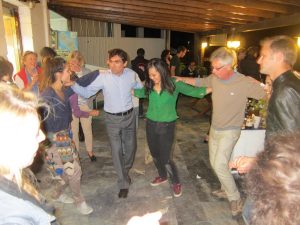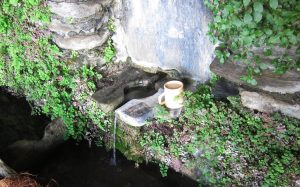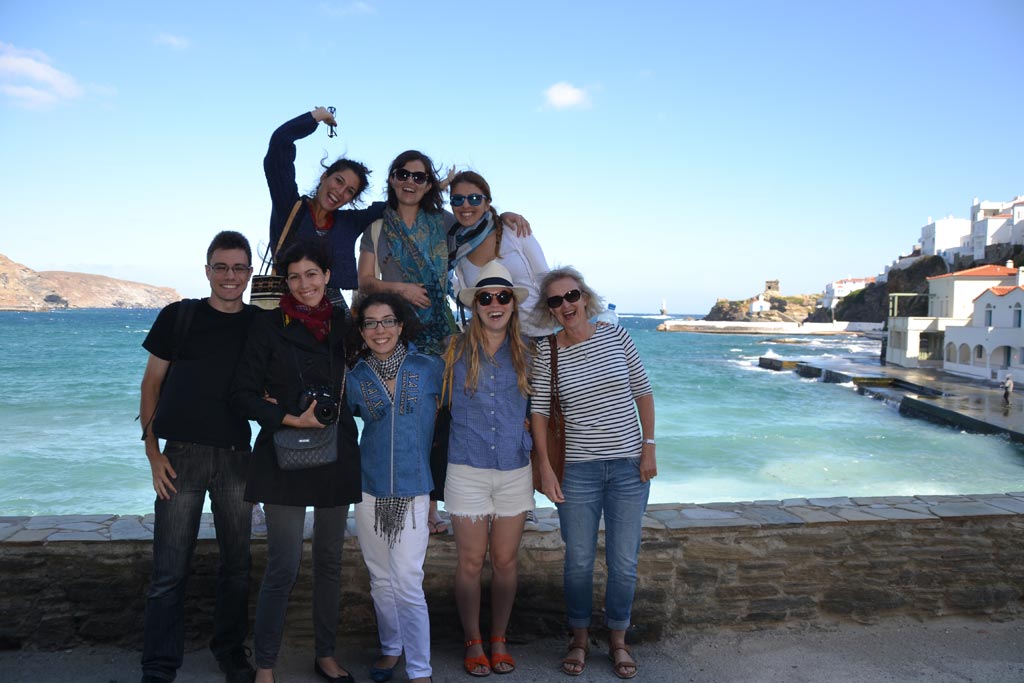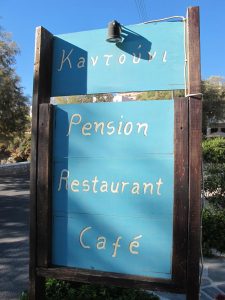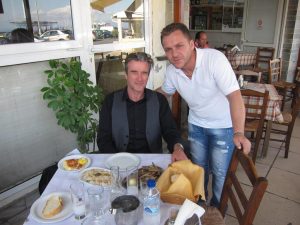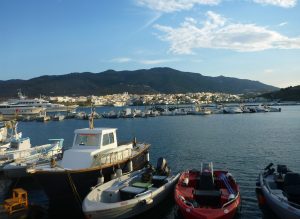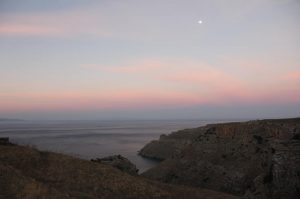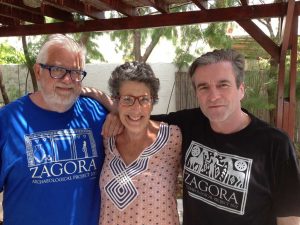
Malcolm (Mac) and Carol Ostermeyer have spent their summer holidays on Andros almost every year since discovering the island in the mid 1990s. The couple, who live in Lancaster, UK, first came on an organised walking tour of the island and heard about Zagora from a local tour guide. They continue to stay in Batsi every summer, attracted by the lovely beach and the fact that it’s a little off the beaten tourist track. The Kantouni, home base for the Zagora dig team, is their favourite local haunt, and although the Ostermeyers have never been in Batsi during the dig season, they heard about the excavations and were immediately interested in knowing more. Encountering archaeologist Dr Paul Donnelly on a family holiday at Kantouni recently has further piqued their interest.
